Luna Park fire: Neville Wran burnt at ABC’s stake
The last few months have not been good for Neville Wran. But the national broadcaster’s documentary into the Luna Park ghost train fire tragedy has been roundly discredited.
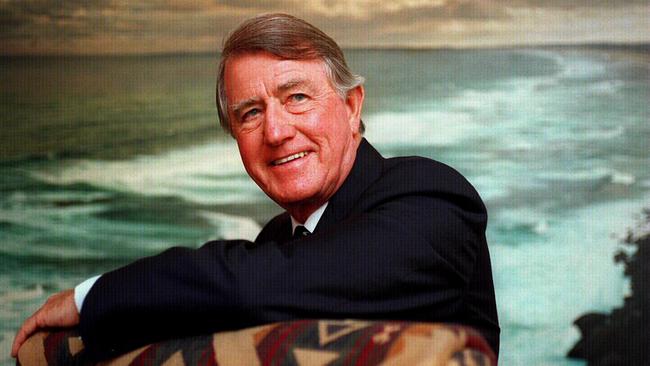
The last few months have not been good for Neville Wran, the phenomenally popular premier of NSW who led Labor to four election victories and presided over a reforming government from 1976 to 1986.
Wran is under siege by old and new critics who have accused him of receiving police bribes taken from illegal casinos and perverting the course of justice, and linking him to the ghost train fire at Sydney’s Luna Park and notorious gangster Abe Saffron. None of these allegations stand up to scrutiny.
The ABC documentary, Exposed: The Ghost Train Fire, reported by Caro Meldrum-Hanna and Patrick Begley, examines the death of six children and one adult in the Luna Park fire in 1979. They claim Saffron was behind the fire and was protected by a flawed police investigation and cover-up that “went right to the top” and implicated Wran.
The ghost train fire was a terrible tragedy. The families and friends of the victims deserve a fresh coronial inquiry and, hopefully, the truth. But the documentary, which dwells on their grief, lacked verifiable evidence and relied on innuendo, hearsay and smear. It does not validate the arson theory or that it was ordered by Saffron. And if there is no arson, there cannot be a conspiracy.
The original coronial inquest noted “the most probable” cause of the fire was ignition of flammable litter by a discarded cigarette or match. The ride was awash with flammable paint on the walls, ceiling and cars. Kerosene was used as a cleaning agent.
Respected coroner Kevin Anderson said Luna Park’s operators were negligent in maintenance, and in adopting fire prevention and safety measures, and the wooden structure was “in a poor state of repair”.
A fire starting slowly due to an electrical fault, sparks from train tracks or a discarded cigarette or match were considered by the inquest. Each of these would be consistent with recollections of those who rode the train that night and saw flames in an imitation fireplace and on the walls, which quickly turned into an explosive inferno.

But the documentary claims bikies — the number varies throughout — lit the fire on instructions from Saffron. Only one witness is produced who goes on the record saying they overheard a conversation among bikies about the fire that night. “I heard one … say, ‘I spread the kerosene out and I lit it with a match’,” recalled Les Dowd. “I heard (another) say, ‘You shouldn’t have done that’.”
If there was a group of bikies present — and several witnesses say there was — who acted on instructions to torch the ride, why would one say: “You shouldn’t have done that”? This does not sound like well-planned arson. It suggests bikie bravado without having lit the fire or arson by stupidity rather than calculated intent.
Dubious ‘confirmation’
The ABC is not the first to assert Saffron was behind the fire. In 2007, Kate McClymont fingered Saffron in an article published in The Sydney Morning Herald.
The story was based on claims by Saffron’s niece, Anne Buckingham, who was challenging Saffron’s will at the time. She provided no evidence and later retracted her allegations.
McClymont did not implicate bikies. She indicated Saffron used more professional underworld arson techniques against rival clubs and restaurants. In 2009, Fairfax made an embarrassing apology for suggesting Saffron associate Tosha Maksimovich “had any involvement or connection with the fire”. So much for that theory.
The ABC claims that documents and testimony have not been revealed before. Yet artist Martin Sharp’s files on Luna Park were made available to McClymont. Dowd’s claim about bikies was made public in a statutory declaration in 1985. Jason Holman, whose friends perished in the fire, gave evidence to the coronial inquiry.
Another Meldrum-Hanna technique is to make leading statements to interviewees as if they were fact. An example of this is when an “explosive allegation” is “confirmed” that “Saffron conspired with High Court judge Lionel Murphy and NSW premier Neville Wran to win the Luna Park lease after the fire”.
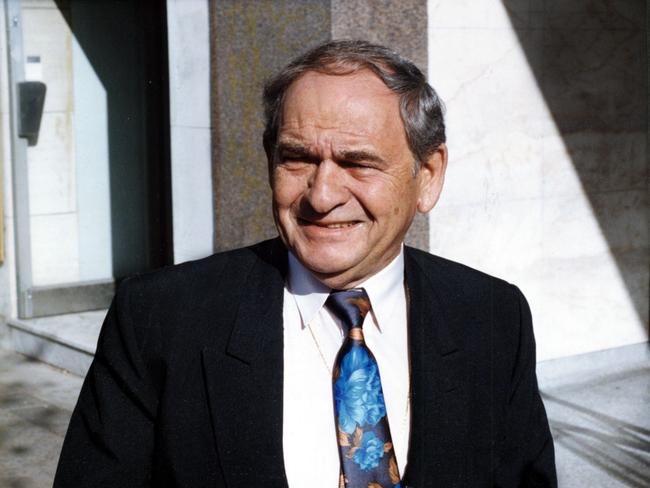
This “allegation” was not actually “confirmed” at all. It was investigated by the parliamentary commission of inquiry into Murphy’s conduct as a judge in 1986. Solicitor Morgan Ryan was claimed to have arranged for Murphy to intervene on Saffron’s behalf with Wran in 1980. Murphy apparently told Ryan he had been successful.
Tale of the tapes
The basis for the Saffron-Murphy-Wran allegation is the Age Tapes. These were illegal police recordings of phone calls. They have little credibility.
Ian Temby, then director of public prosecutions, concluded they could not be authenticated. Mary Gaudron, then solicitor-general, also doubted the tapes were authentic and said the police involved, some who were corrupt, should be prosecuted.
The Saffron-Murphy-Wran allegation is made by former policeman Paul Egge in the documentary. He made the same claim to the Stewart royal commission in 1986. Egge did not hear this on a tape but apparently read a transcript of it. The documentary does not mention what staff on the parliamentary commission concluded about Egge’s allegation before it was wound up when Murphy died.
“A preliminary analysis of the Age Tapes material has failed to identify the transcript referred to by Mr Egge,” they found. “In view of the incomplete state of this particular inquiry, no conclusions can be drawn one way or another.” No other police officer with access to the Age Tapes material backed up Egge’s claim about Wran.
The Stewart royal commission into the phone taps “expressed reservations concerning the reliability” of the summaries of conversations “and the evidence of Egge”, noted the parliamentary commission. The royal commission was generally “not convinced that any of the transcript material in its possession was wholly accurate”.
Can the ABC substantiate the dubious Egge claims on the Age Tapes? No. The tapes no longer exist. We are told they were destroyed by police who feared prosecution for their illegal activity. They were burnt in a backyard or taken out to sea and thrown overboard. It could hardly be more comical.
Tenders were invited to operate Luna Park, after the fire, in 1979. If the plan was to give the lease to Saffron or a front company, then surely the government would have done just that. Alan Saffron, Abe’s son, who supplied gaming machines at Luna Park, recalled in his memoir that his father expected to win the lease when it expired in 1981 but had nothing to do with the fire.

But the government did not hand Saffron the lease. Moreover, no Saffron-linked company made a bid for the lease when it was first put to tender. In 1980, the government began negotiating with the Grundy organisation, which was given qualified approval to operate Luna Park. Not able to reach a final agreement with Grundy, further tenders were called for.
An interdepartmental committee recommended the lease go to Australasian Amusements (later renamed Harbourside). There is no evidence these respected officials were pressured in any way. The directors of the winning tender company included legendary producer Michael Edgley. Saffron’s cousins, Coleman and Harry Goldstein, and his lawyer, David Baffsky, were part-owners. Saffron’s nephew, Sam Cowper, was the accountant.
Several inquiries, including by the Corporate Affairs Commission, concluded there was no evidence Saffron had a disguised ownership or financial benefit from the Harbourside lease. Baffsky sued the Herald, and won, for alleging Harbourside was a Saffron front company.
The documentary claims Saffron was eyeing commercial development opportunities on the site. But the tender makes it clear the lease was to operate Luna Park only. No government would ever surrender Luna Park to a property developer. In any event, Luna Park has always been a bad investment. Harbourside sold the lease a few years later, after making a huge loss.
The documentary becomes even more ludicrous when Rosemary Opitz, an employee of Saffron, claims Wran had Friday night drinks with Saffron and the two were “really pally”. The suggestion Wran met with a celebrity mobster for drinks is farcical. No evidence is provided nor any corroborating witness to validate this.
At the end of the documentary, Meldrum-Hanna tells the victims’ families the fire was ordered by Saffron, lit by bikies and went “all the way to the top”, implicating Wran. This only deepens their grief. No evidence was proven to substantiate any of these things, only that the police were corrupt and the investigation was flawed. The documentary raised more questions than provided answers.
‘Fails credibility test’
David Hill, the former managing director of the ABC, told Inquirer the claims about Wran were “preposterous”, without “any evidence whatsoever” and the character assassination of the former premier was disgraceful.
“This constitutes sloppy journalism,” Hill said. “Making these sorts of extremely damaging allegations I just find are unacceptable. I never saw anything that Wran ever did that would even suggest any merit or credibility for these claims.”
Hill worked for the Ministerial Advisory Unit, and later ran the State Rail Authority, in the Wran government. He said the documentary should never have been broadcast with the allegations about Wran.
“I don’t think this could possibly have satisfied its own (editorial) guidelines,” he said. “I’m disappointed in the ABC for airing these allegations, comfortable in the knowledge that dead people aren’t there to defend themselves or sue for defamation. It does not mean that because people are dead that the normal journalistic rules shouldn’t apply.
“Apart from anything else, it fails the credibility test. Why would Wran compromise his integrity by having drinks with Saffron? It just doesn’t make sense. Wran was too bloody intelligent apart from anything else. And he was always very guarded about how things would be perceived.”
Bob Carr, a minister in the Wran government and later NSW premier, said the allegations about Wran were baseless.
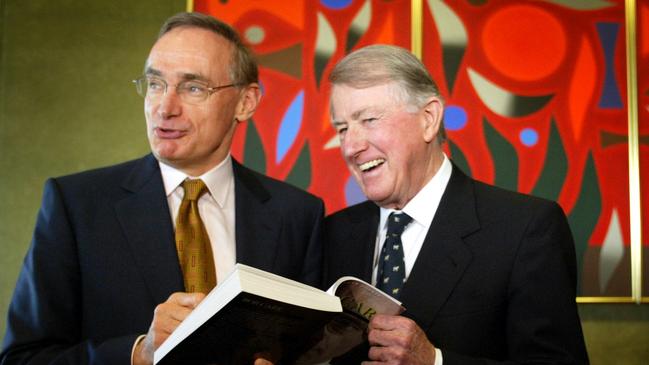
“It is absolutely inconceivable that Wran would have attended on Saffron, sipping drinks in the home of Sydney’s celebrity crime lord,” Carr told Inquirer. “The ABC produced only one witness — and she was a long-term employee of Saffron! She had a vested interest in making her boss look like he enjoyed mainstream acceptance. How has she become a credible witness indicting Wran?
“I fell out of my chair laughing when two former police said they heard tapes of phone conversations of Wran conspiring with Murphy and can’t produce them because they destroyed them. No one, least of all a 1980s NSW cop, destroys anything so valuable. One of them said he received orders to destroy the tape but didn’t nominate when or from whom. Totally unbelievable.
“When police minister Peter Anderson told Wran he would ask the National Crime Authority to investigate Saffron’s alleged link to fires and corruption of police, he was given enthusiastic support and immediate approval. That simply would not have happened if Wran was somehow linked to this gangster.”
Barrie Unsworth, also a minister in the Wran government and later premier, rejected the claim that Wran was corrupt. “The involvement of Wran (in the Luna Park fire) I find hard to believe,” Unsworth told Inquirer. “I doubt very much whether Wran would mix socially with Saffron. Wran was very careful in everything he did. Knowing Wran and his character, I very much doubt that he would do that.”
Duncan McNab, a former policeman who wrote a biography of Saffron, told Inquirer the likely cause of the fire was faulty wiring. “The ghost train was an accident waiting to happen with poor maintenance and major safety issues,” he said. “Without solid evidence of arson, a conspiracy involving Saffron and others fails. He was probably the most investigated person in our history. I think Saffron actually relished the reputation he had and did not try to discourage the rumours.”
ABC hunted Wran
This is not the first time the ABC has had Wran in its sights. In 1983, Four Corners alleged Wran had sought to influence magistrate Murray Farquhar to have charges against NSW rugby league boss Kevin Humphreys — accused of embezzling funds — dismissed in 1977. Wran was exonerated by a royal commission headed by chief justice Sir Laurence Street.
Clarrie Briese, a former chief magistrate, claims in a new self-published book that two police prosecutors saw Wran at Central Local Court on the afternoon of the Humphreys hearing. Wran was apparently lurking around the carpark and then went in the back entrance of the court building. Briese claims it gives “credence to the allegation that Wran rang Farquhar asking for Humphreys not be committed to trial”.
If these accusations were presented to the royal commission, they would have been easily disproved by the production of Wran’s diaries, along with the testimony and notes of his advisers, drivers and security revealing he did not make the phone call — as Street confirmed — and was not at the courthouse during a busy afternoon.
Wran was at a meeting with Treasury secretary Norm Oakes, his deputy, Don Hooper, and advisers Nigel Stokes and Hill at the time he was claimed to have made the call. Stokes and Hill both reject the Briese allegations. “It wouldn’t be regarded as solid evidence in a court,” Stokes told Inquirer. “Is that what you, as chief stipendiary magistrate, regard as evidence? Would you send somebody to trial on the basis of that evidence? It just doesn’t make any sense.”
Brian Dale, press secretary to Wran, said the Briese allegations had no credibility. “Wran could not, and did not, go to the courthouse,” he told Inquirer. “Wran would have had to pass through the portico of the old Central police station to get there and would have been driven in a white LTD car with distinctive number plates. He would have been noticed as he was an easily recognised person. These claims have been examined and dismissed by a royal commission. To suggest otherwise means Briese is intimating then chief justice Sir Laurence Street was also in the ‘fix’.”
Wran has also been accused by journalist Andrew Rule, writing in the Herald Sun last month, of being “linked” to “a shadowy consortium” involving bookmaker Bill Waterhouse and backed by Saffron. He said Wran took money from corrupt cops. “It was bent cop Bill Allen who collected weekly cash bribes from Waterhouse’s illegal Potts Point casino, The Palace, to split with Wran,” he alleged. Rule also claimed there were “links between murderous mobsters and the premier’s office”.
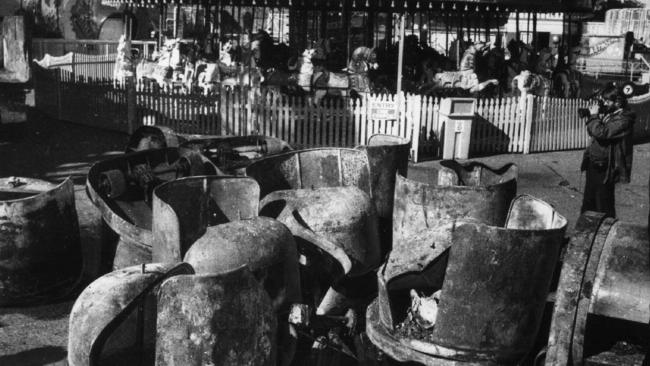
None of these allegations was substantiated or corroborated. Allen was a corrupt cop and it was a blunder by Wran to elevate him above others to deputy commissioner. And there is no doubt the police, lower courts and some politicians were corrupt in the 1970s and 80s. But these claims about Wran are false and defamatory.
They are based on assertions made by Waterhouse’s son, David, and nephew, Martin. A decade ago, Martin took a series of claims to the Independent Commission Against Corruption, which promptly rejected them. He also approached Chief Justice Tom Bathurst, to open an investigation and took it to the NSW Supreme Court, which also rejected it.
Defaming the dead
Saffron’s son, Alan, revealed the premier who received payments was not Wran but Bob Askin. “In the last month of my father’s life, he told me from his hospital bed that he gave Askin more money and favours than any other policeman or politician,” he wrote. He estimated this was up to $10,000 a week in the 1970s.
Malcolm Turnbull, a friend of Wran’s and business partner, testified to his character in an interview with Inquirer. “I found him always to be very truthful and he took pains to be so — in other words, like the good lawyer he was, he was careful not to get his facts or his numbers wrong.
“I trusted him completely and he never gave me the slightest cause to question my judgment in doing so.
“When Nick Greiner came into government in 1988, they set up ICAC with a very express purpose of uncovering the corruption which so many Liberals believed Wran was guilty of.
“As you know, ICAC never even framed a coherent (or indeed incoherent) allegation against Wran. The only premiers to be brought down by ICAC were, ironically, both Liberals.”
In the final analysis, there is no documentary evidence or credible testimony that Wran was corrupt. In his last interview, with me, and published in this newspaper after his death in 2014, Wran said when he died people would continue to accuse him of corruption. He worried that he could not defend himself and that it would upset his family, friends and colleagues.
We now live in a post-truth age where facts and evidence seem dispensable when they get in the way of standing up even the most egregious of allegations.
Wran understood, better than anyone, that the dead can be defamed with impunity and he could do nothing to stop it.


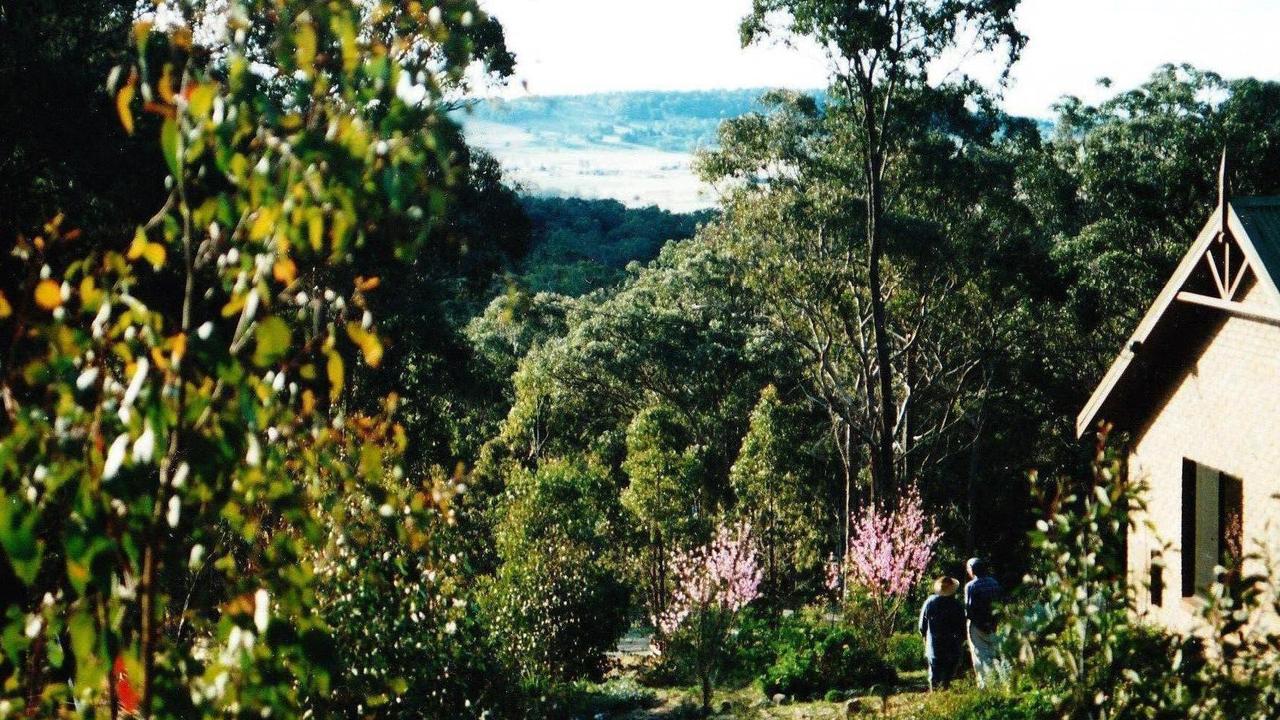

To join the conversation, please log in. Don't have an account? Register
Join the conversation, you are commenting as Logout